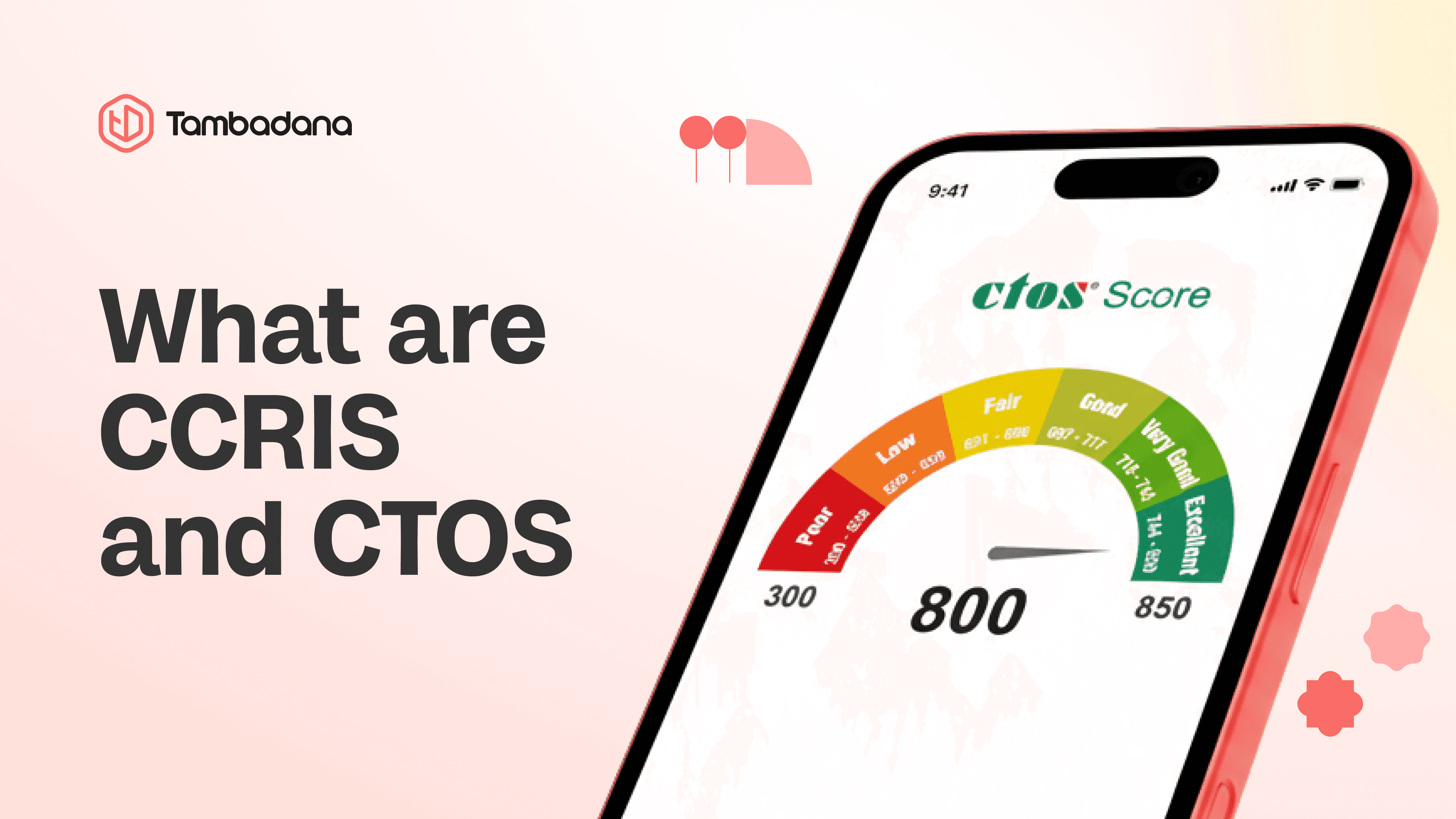Emergency Funds: Why You Need One and How to Start
Emergency Funds: Why You Need One and How to Start
In an unpredictable world, having a financial safety net is essential for Malaysians. Whether it’s unexpected medical bills, car repairs, or sudden job loss, an emergency fund can provide financial stability and peace of mind. This guide explores why an emergency fund is crucial, how to build one step by step, and practical tips for managing it effectively. Additionally, we’ll discuss how Tambadana’s fast online loan services across Malaysia can serve as a complementary financial resource when unexpected situations arise.
- 1.
Why an Emergency Fund is Essential
- 2.
How to Start Your Emergency Fund
- 3.
Tips for Managing Your Emergency Fund Effectively
- 4.
Tambadana: A Complement to Your Emergency Fund
- 5.
Conclusion
Why an Emergency Fund is Essential
An emergency fund is a dedicated savings pool meant to cover unforeseen expenses or urgent financial needs. Here’s why it’s a necessity:
1.1 Financial Protection
Life is unpredictable, and emergencies can happen anytime. An emergency fund acts as a buffer, ensuring you don’t have to rely on debt when unexpected expenses arise.
1.2 Preventing Debt Accumulation
Without an emergency fund, you may be forced to use high-interest loans or credit cards to manage emergencies. This can lead to a cycle of debt that is difficult to escape.
1.3 Peace of Mind
Knowing you have a financial cushion allows you to focus on long-term financial goals without the constant worry of unexpected financial setbacks.
How to Start Your Emergency Fund
Follow these step-by-step actions to start and grow your emergency savings:
2.1 Set a Realistic Goal
✔ Aim to save at least three to six months’ worth of living expenses.
✔ Adjust the target based on your income, dependents, and job stability.
2.2 Open a Separate Account
✔ Keep your emergency savings in a dedicated bank account to prevent unintentional spending.
✔ Consider a high-interest savings account to grow your funds over time.
2.3 Automate Your Savings
✔ Set up automatic transfers from your salary to your emergency fund.
✔ Treat this like a monthly bill that must be paid.
2.4 Budget Wisely to Free Up More Savings
✔ Review your spending and cut unnecessary expenses.
✔ Redirect savings from dining out, subscriptions, or luxury purchases into your emergency fund.
2.5 Start Small, Grow Gradually
✔ If you can’t save a large amount immediately, start with a manageable amount.
✔ Increase your savings whenever your financial situation improves.
Tips for Managing Your Emergency Fund Effectively
Once you’ve built your emergency fund, managing it wisely is crucial to ensure it remains intact and ready when needed.
3.1 Use It Only for Real Emergencies
✔ Permitted: Medical bills, urgent home repairs, job loss.
✖ Not Permitted: Shopping, vacations, non-essential purchases.
3.2 Regularly Reassess Your Goal
✔ Review your emergency savings annually to ensure it aligns with your needs.
✔ Adjust the amount saved based on lifestyle changes, inflation, or increased financial responsibilities.
3.3 Replenish After Use
✔ If you withdraw from your emergency fund, prioritize refilling it as soon as possible.
✔ Avoid delaying contributions to prevent financial vulnerability in the future.
3.4 Review and Adjust Your Budget
✔ Periodically check your budget and look for ways to increase contributions.
✔ If you receive bonuses, tax refunds, or side income, consider adding a portion to your emergency fund.
Tambadana: A Complement to Your Emergency Fund
While an emergency fund is meant for planned financial security, Tambadana offers a reliable alternative when urgent financial gaps arise.
4.1 When Tambadana Can Help
✔ If you haven’t yet built a full emergency fund but need immediate financial support.
✔ When an unexpected crisis exceeds your current emergency savings.
✔ For short-term cash flow solutions while you work on replenishing your emergency fund.
4.2 Why Choose Tambadana?
✔ Fast online loan approvals across Malaysia.
✔ Convenient and hassle-free loan application process.
✔ Flexible repayment plans to suit different financial situations.
Tambadana allows you to handle emergencies without completely depleting your savings, making it a valuable financial tool when used responsibly.



